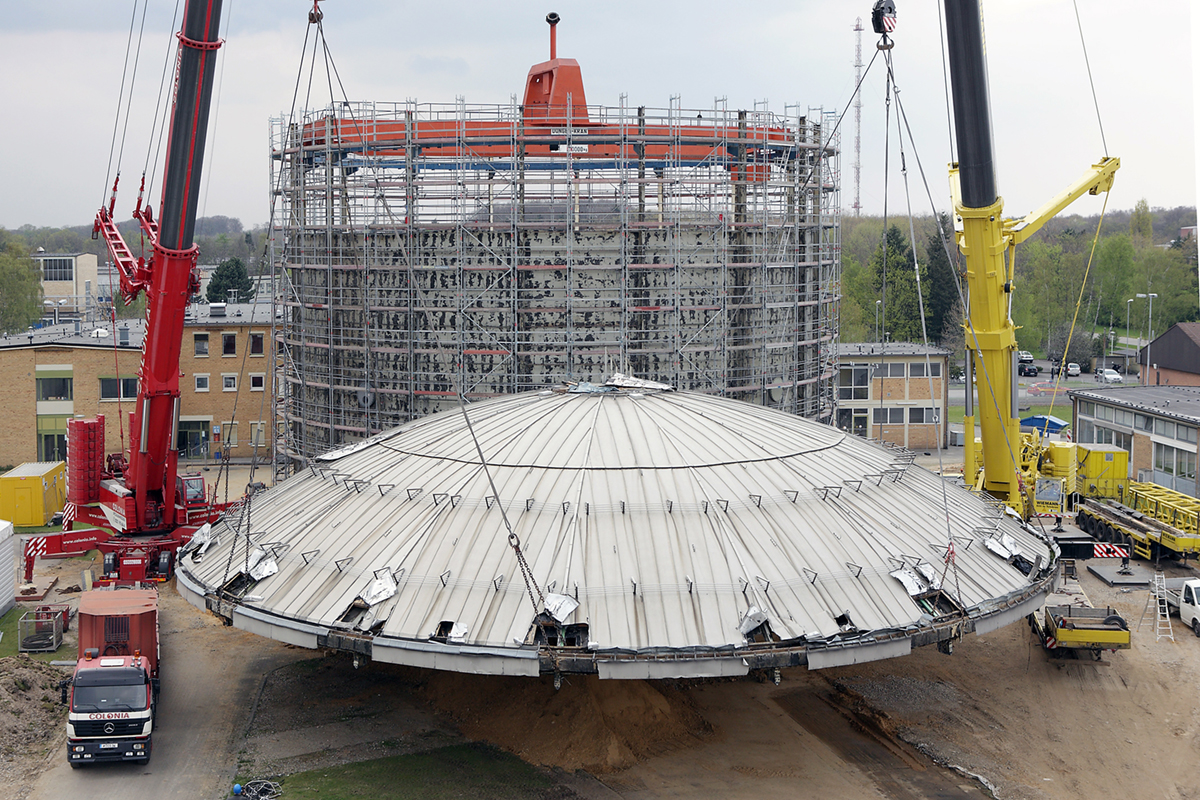As a long-standing pioneer of nuclear technology, the USA now operates one of the world’s oldest and largest nuclear power programmes. As fleets of reactors age out of service, increasingly large numbers of decommissioning projects are being created. Currently, the NRC oversees 17 nuclear power plants (NPPs) that are in active decommissioning, and eight NPPs in safe storage, as well as the decommissioning of two research reactors and several other nuclear sites. In addition, several defence-related sites that fall under the regulatory powers of the Department of Energy are also being decommissioned. This demand is driving innovation, with companies finding creative ways of meeting this challenge.
In 2010, a completely new business model for decommissioning emerged in the USA. Prior to this, all decommissioning projects involving NRC-licensed reactors used a similar business model. The operator of the NPP continued to hold full responsibility for the duration of the decommissioning process. The operators would either choose to implement all decommissioning work themselves or contract a company to do the work for them. In the early 1990s, ten NRC-licensed reactors were shut down and their decommissioning was completed by 2009, all using this traditional model.
However, by the end of 2010, lengthy discussions between decommissioning companies and operators had borne fruit and opened the field for a new way of carrying out decommissioning projects. In the first instance, a US operator agreed to transfer a temporary licence to a decommissioning company. After decommissioning had been completed, the licence for the land and the spent fuel dry storage facility would transfer back to the original operator. The NRC approved this, and also approved a similar process between another operator and a decommissioning company shortly afterwards.

